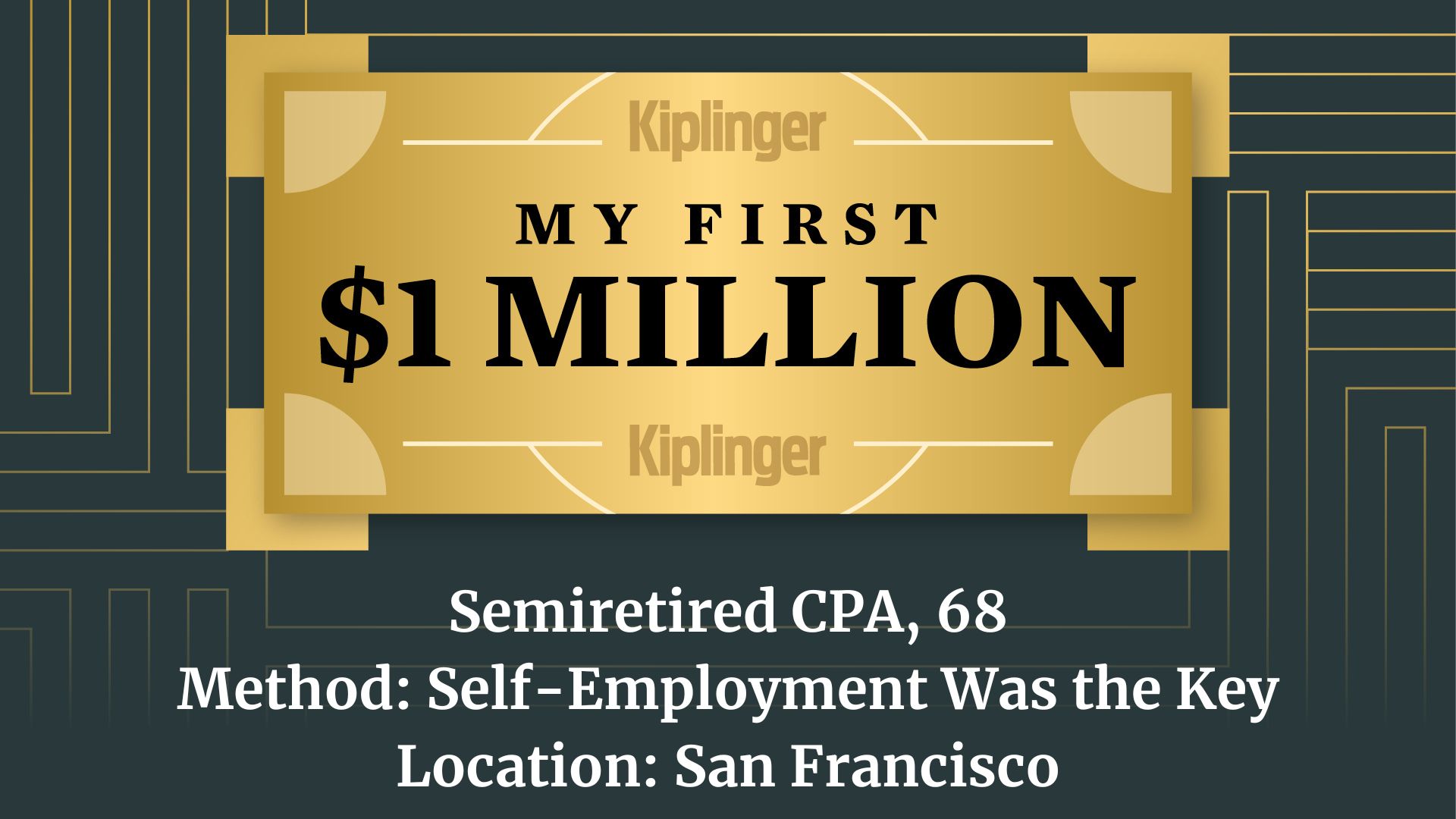Where Clinton and Trump Stand on Student Debt
Clinton wants free tuition at many public colleges and less restrictive student loan terms. Trump dislikes student debt, but his plans are not as clearly defined.
Key differences: Both Clinton and Trump say they want to reduce the rising levels of student loan debt on college graduates, but their methods differ.
Key Clinton quote: “No family and no student should have to borrow to pay tuition at a public college or university. And everyone who has student debt should be able to finance it at lower rates.”
Key Trump quote: “We’re going to work with all of our students who are drowning in debt to take the pressure off these young people just starting out in their adult lives. Tremendous problem.”
From just $107.88 $24.99 for Kiplinger Personal Finance
Become a smarter, better informed investor. Subscribe from just $107.88 $24.99, plus get up to 4 Special Issues

Sign up for Kiplinger’s Free Newsletters
Profit and prosper with the best of expert advice on investing, taxes, retirement, personal finance and more - straight to your e-mail.
Profit and prosper with the best of expert advice - straight to your e-mail.
Clinton supports more federal help for students at public colleges and universities, free community college, and better rates and repayment plans for those with student loans. By 2021, her New College Compact Plan would allow students from households earning up to $125,000 a year to qualify for free in-state public school tuition, as long as families make some contributions to college costs and students work 10 hours per week. It would also let all borrowers automatically delay payments on federal loans for three months, refinance loans at the same rates as new student borrowers, and use an income-based repayment plan that guarantees borrowers don’t pay more than 10% of their income. Clinton says she would fund these proposals by raising taxes on the wealthy and closing tax loopholes.
Sen. Bernie Sanders (I-VT) gained popularity with promises of free college tuition and forgiveness of student debt in his primary battle with Clinton for the Democratic nomination. At the Democratic National Convention, Sanders formally nominated Clinton as the Democratic candidate and pledged to work with her. In Clinton’s speech, she said that she would work with Sanders to “make college tuition-free for the middle class and debt-free for all” and to “liberate millions of people who already have student debt.”
While Clinton's plan appeals to younger voters, it has recently raised concerns with private college presidents. Politico reported that many worried this plan would destroy small private colleges that are already geared toward low-income students. Patricia McGuire, president of Trinity Washington University, said that Clinton's plan plays into the "mythology" that private colleges are only for the wealthy. Smaller colleges for women, those with religious affiliations and historically black colleges and universities could be hurt.
Trump hasn’t detailed a plan to address rising levels of college debt. (At a Wisconsin town hall meeting, he said, “We’re going to do something for the students. We’re going to have something with extensions and lower interest rates and a lot of good things.”) But he has been outspoken about his belief that the government should not profit from loans. Trump adviser Clovis has stated that Trump opposes Clinton’s plan for debt-free higher education because there is no way to pay for it. Instead, he wants to increase the role of private banks in offering loans.
At the Republican National Convention, Trump didn't address student debt or refinancing student loans.
Profit and prosper with the best of Kiplinger's advice on investing, taxes, retirement, personal finance and much more. Delivered daily. Enter your email in the box and click Sign Me Up.

-
 10 Cheapest Places to Live in Washington
10 Cheapest Places to Live in WashingtonProperty Tax Is Washington your go-to ski destination? These counties combine no income tax with the lowest property tax bills in the state.
-
 Healthy to 100: Secrets from Countries Where Retirees Age Best
Healthy to 100: Secrets from Countries Where Retirees Age BestLongevity is a team sport, according to author Ken Stern. Here's the secret sauce for living long, healthy lives from countries like Italy and Japan.
-
 My First $1 Million: Semiretired CPA, 68, San Francisco
My First $1 Million: Semiretired CPA, 68, San FranciscoEver wonder how someone who's made a million dollars or more did it? Kiplinger's My First $1 Million series uncovers the answers.
-
 9 Types of Insurance You Probably Don't Need
9 Types of Insurance You Probably Don't NeedFinancial Planning If you're paying for these types of insurance, you may be wasting your money. Here's what you need to know.
-
 Amazon Resale: Where Amazon Prime Returns Become Your Online Bargains
Amazon Resale: Where Amazon Prime Returns Become Your Online BargainsFeature Amazon Resale products may have some imperfections, but that often leads to wildly discounted prices.
-
 Roth IRA Contribution Limits for 2026
Roth IRA Contribution Limits for 2026Roth IRAs Roth IRAs allow you to save for retirement with after-tax dollars while you're working, and then withdraw those contributions and earnings tax-free when you retire. Here's a look at 2026 limits and income-based phaseouts.
-
 Four Tips for Renting Out Your Home on Airbnb
Four Tips for Renting Out Your Home on Airbnbreal estate Here's what you should know before listing your home on Airbnb.
-
 Five Ways to a Cheap Last-Minute Vacation
Five Ways to a Cheap Last-Minute VacationTravel It is possible to pull off a cheap last-minute vacation. Here are some tips to make it happen.
-
 How Much Life Insurance Do You Need?
How Much Life Insurance Do You Need?insurance When assessing how much life insurance you need, take a systematic approach instead of relying on rules of thumb.
-
 When Does Amazon Prime Day End in October? Everything We Know, Plus the Best Deals on Samsonite, Samsung and More
When Does Amazon Prime Day End in October? Everything We Know, Plus the Best Deals on Samsonite, Samsung and MoreAmazon Prime The Amazon Prime Big Deal Days sale ends soon. Here are the key details you need to know, plus some of our favorite deals members can shop before it's over.
-
 How to Shop for Life Insurance in 3 Easy Steps
How to Shop for Life Insurance in 3 Easy Stepsinsurance Shopping for life insurance? You may be able to estimate how much you need online, but that's just the start of your search.

